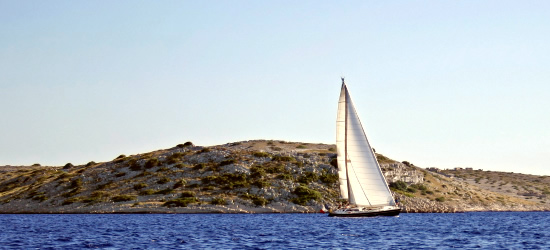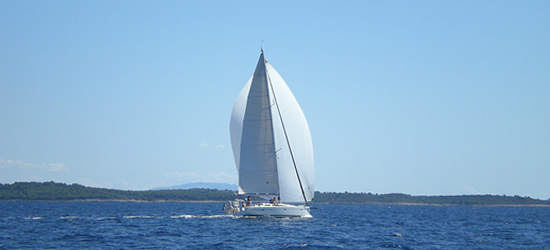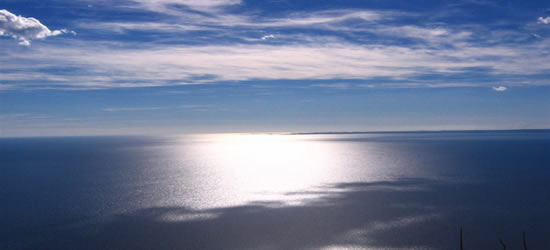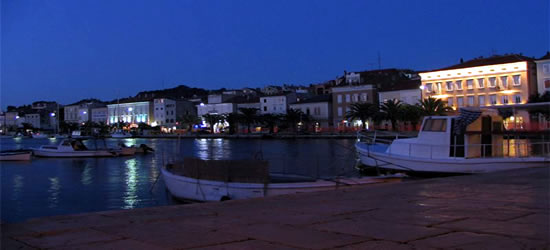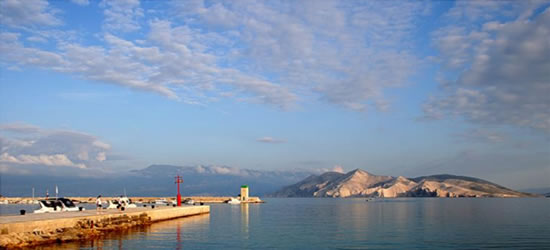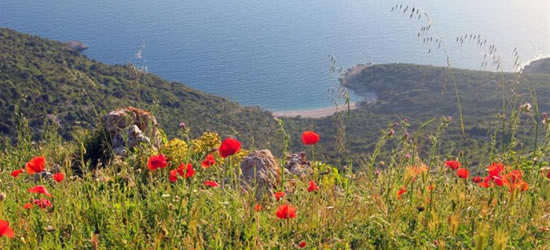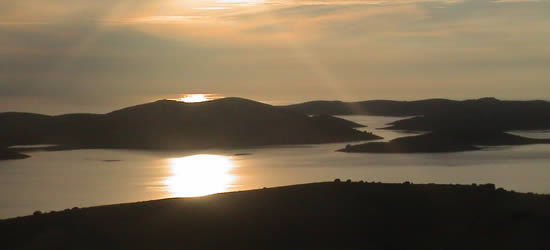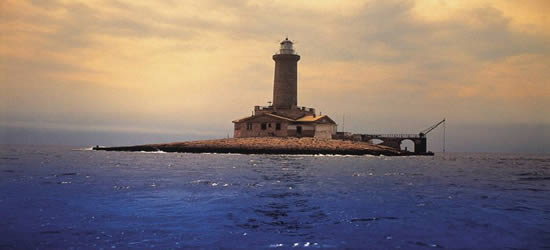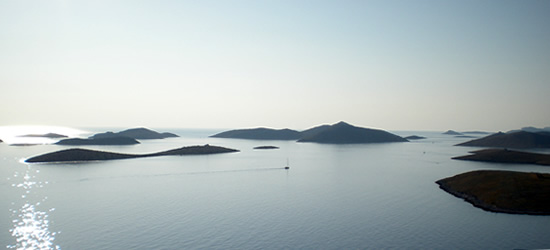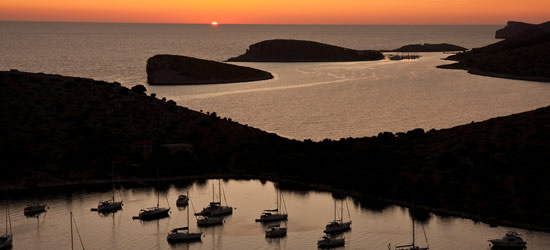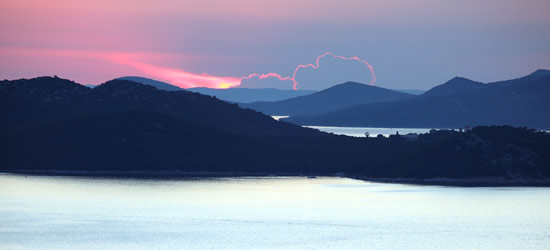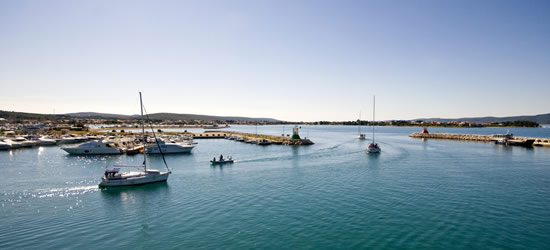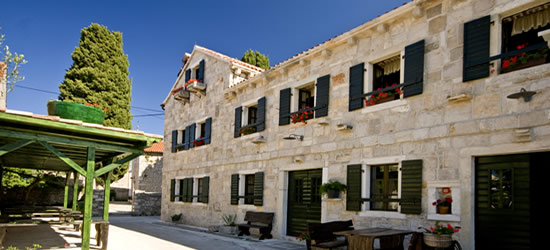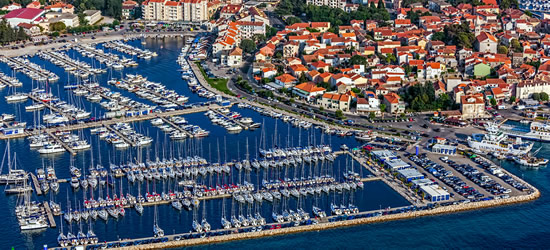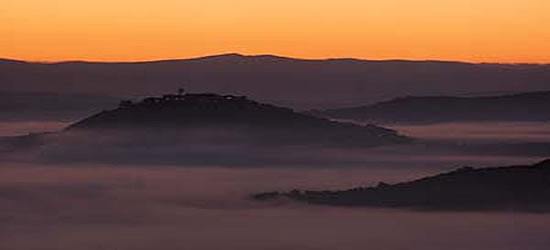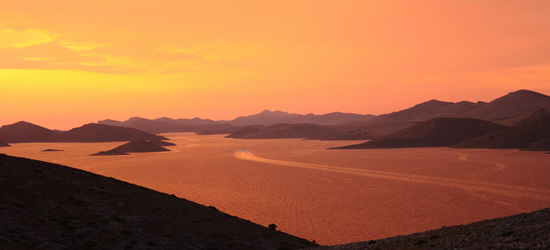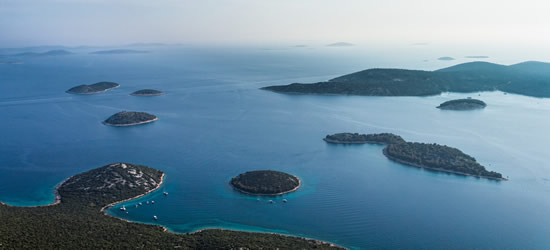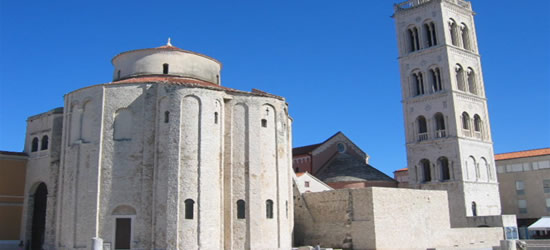Croatia is located on the north-eastern shore of the Adriatic Sea. The Republic is twice the size of Belgium and its main tourist attraction are its beautiful beaches. There is a vast sailing area as the coastline measures some 1778km and 5790km if you include the offshore islands. Croatia has 1185 offshore islands, 66 of which are inhabited, and they are a match in terms of variety and beauty as those in Greece.
Croatia's charms remain largely intact after the war. The aura of medieval quaintness endures in its cobbled streets. The country is home to some of Europe's finest Roman ruins, including the immense palace of Diocletian in Split. Festivals and carnivals abound throughout the year.
The long, rugged islands off Croatia's mountainous coast make this a yachting paradise. There are a number of deep channels, idyllic ports and good steady winds. The varied topography of the coast has spurred a growth in diving activity and almost all resorts have a dive centre. The principal attractions are shipwrecks and caves (including the famous Blue Grotto). There is excellent rock climbing, especially in Paklencia National Park, Zadar and the rocks surrounding Baska on Krk Island.
The climate varies from the Mediterranean along the Adriatic coast to continental inland. The sunny coastal areas have hot, dry summers and mild, rainy winters. The high coastal mountains help to shield the coast from cold northerly winds, making for an early spring and late autumn. In Zagreb, average daily high temperatures peak at 27*C (80*F) in July.






